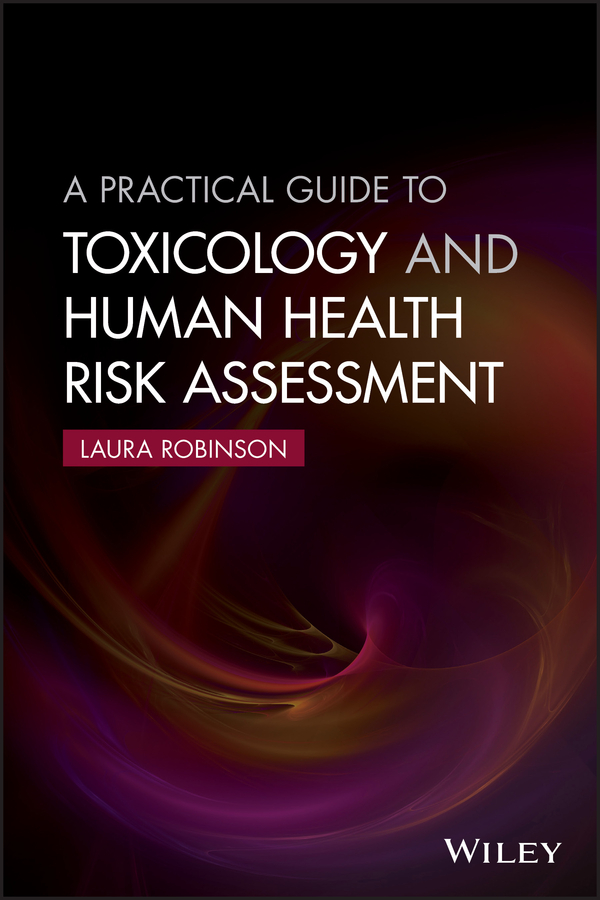Электронная книга: Laura Robinson «A Practical Guide to Toxicology and Human Health Risk Assessment»

|
Toxicology– the study of the adverse effects of chemicals on living organisms is the cornerstone to all aspects of chemical safety and knowledge of the subject is needed in a wide spectrum of fields from the chemical industry to medicine, emergency services, forensics, and regulatory science. Toxicology involves the study of symptoms, mechanisms, treatments and detection of poisoning … especially the poisoning of people. The many problems arising from a poor understanding of toxicology and its applications in hazard communication and chemical safety motivated the author’s training courses and webinars, leading to this valuable book. Providing a practical and accessible guide, A Practical Guide to Toxicology and Human Health Risk Assessment enables readers to quickly build up knowledge and understanding of toxicology and its use in hazard identification, which is a fundamental part of chemical risk assessment. The book also covers current toxicological testing strategies and the use of physicochemical test data in hazard identification and exposure assessment. Examples are provided throughout the book to highlight important issues along with a summary of the key points that have been covered in each of the respective chapters. The book concludes with a listing of online resources on toxicology and risk assessment. Издательство: "John Wiley&Sons Limited (USD)"
ISBN: 9781118882078 электронная книга Купить за 8424.57 руб и скачать на Litres |
Другие книги схожей тематики:
| Автор | Книга | Описание | Год | Цена | Тип книги |
|---|
См. также в других словарях:
Risk assessment — is a common first step in a risk management process. Risk assessment is the determination of quantitative or qualitative value of risk related to a concrete situation and a recognized threat. Quantitative risk assessment requires calculations of… … Wikipedia
Occupational safety and health — is a cross disciplinary area concerned with protecting the safety, health and welfare of people engaged in work or employment. The goal of all occupational safety and health programs is to foster a safe work environment.[1] As a secondary effect … Wikipedia
Occupational hygiene — Occupational (or industrial in the U.S.) hygiene is generally defined as the art and science dedicated to the anticipation, recognition, evaluation, communication and control of environmental stressors in, or arising from, the workplace that may… … Wikipedia
Formaldehyde — For other uses, see Formaldehyde (disambiguation). Formaldehyde … Wikipedia
Protein adulteration in the People's Republic of China — refers to the adulteration and contamination of several food and feed ingredients with inexpensive melamine and other compounds such as cyanuric acid, ammeline and ammelide. These adulterants can be used to inflate the apparent protein content of … Wikipedia
Epidemiology — For the Community episode, see Epidemiology (Community). Epidemiology is the study of health event, health characteristic, or health determinant patterns in a population. It is the cornerstone method of public health research, and helps inform… … Wikipedia
